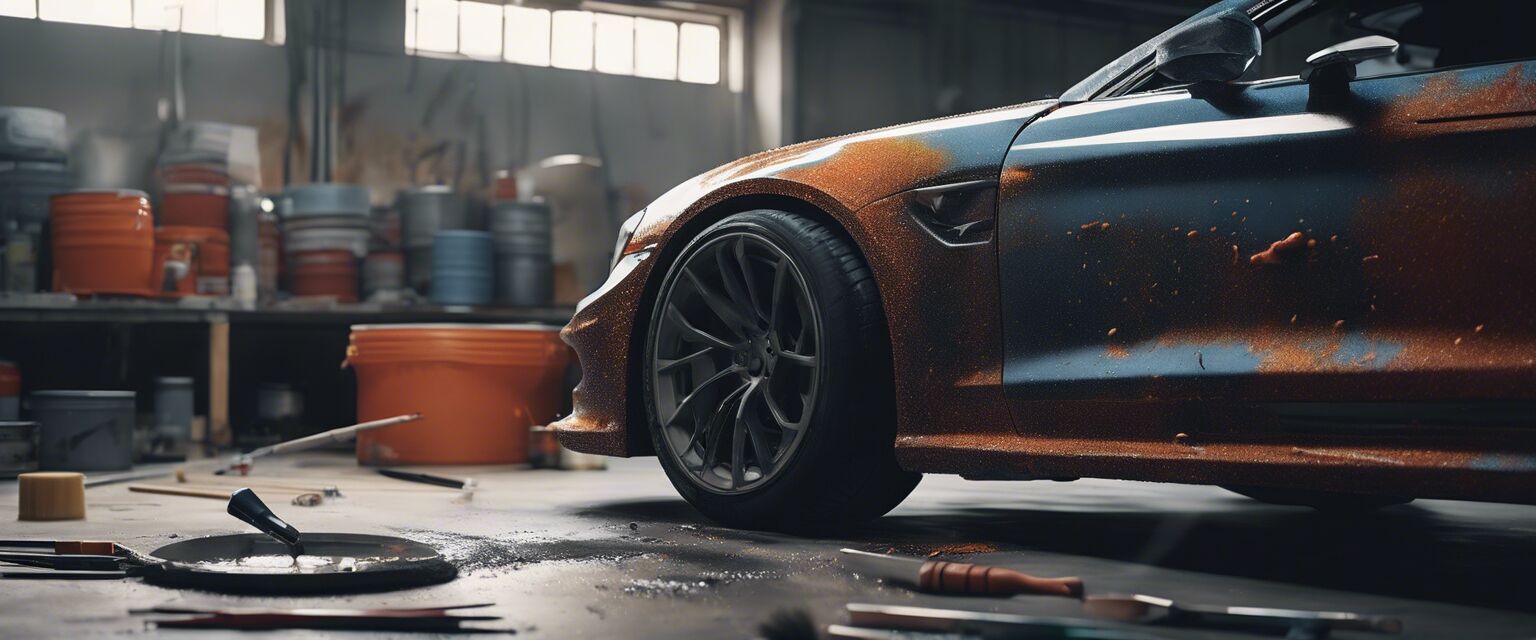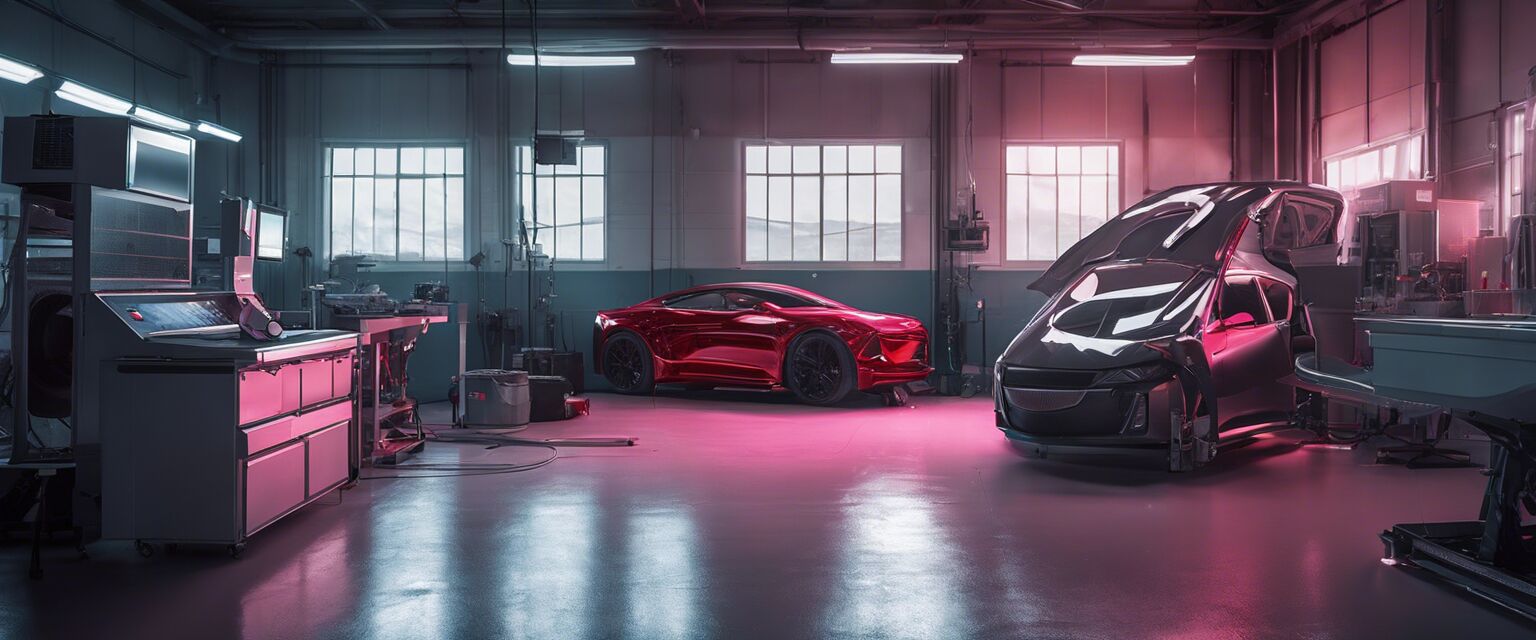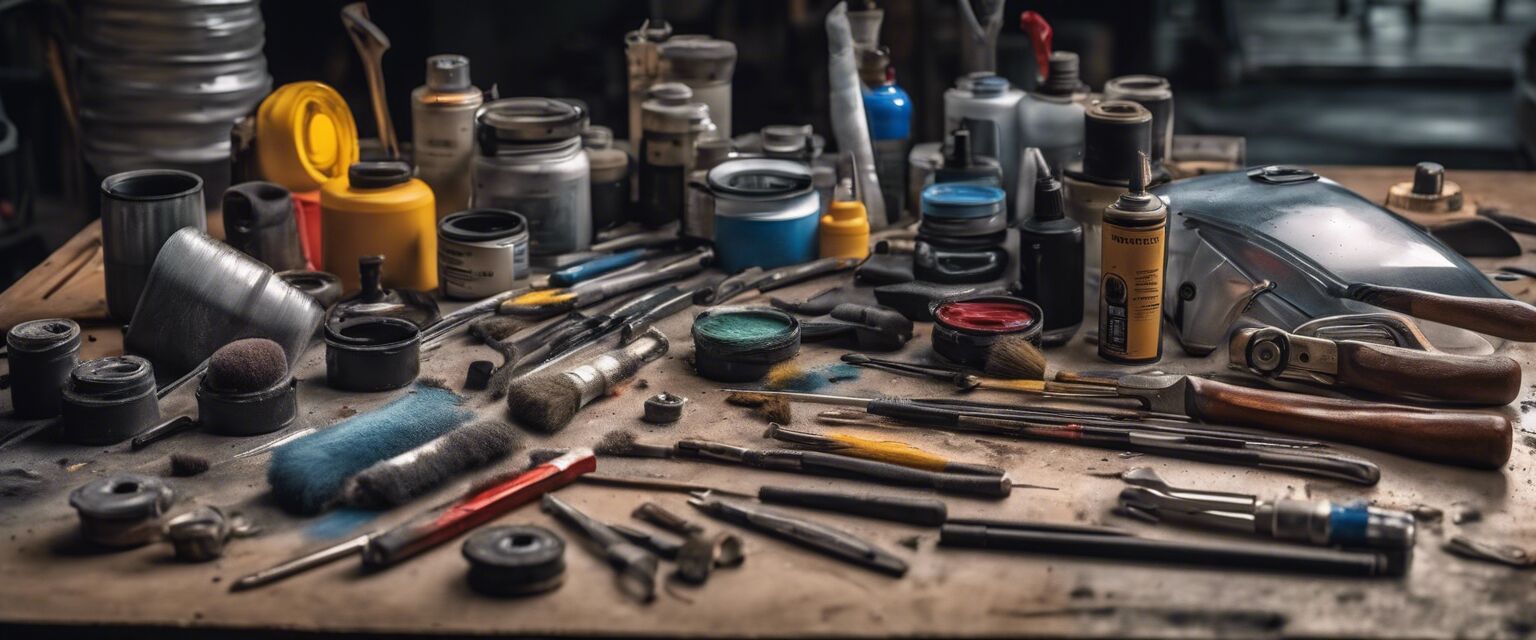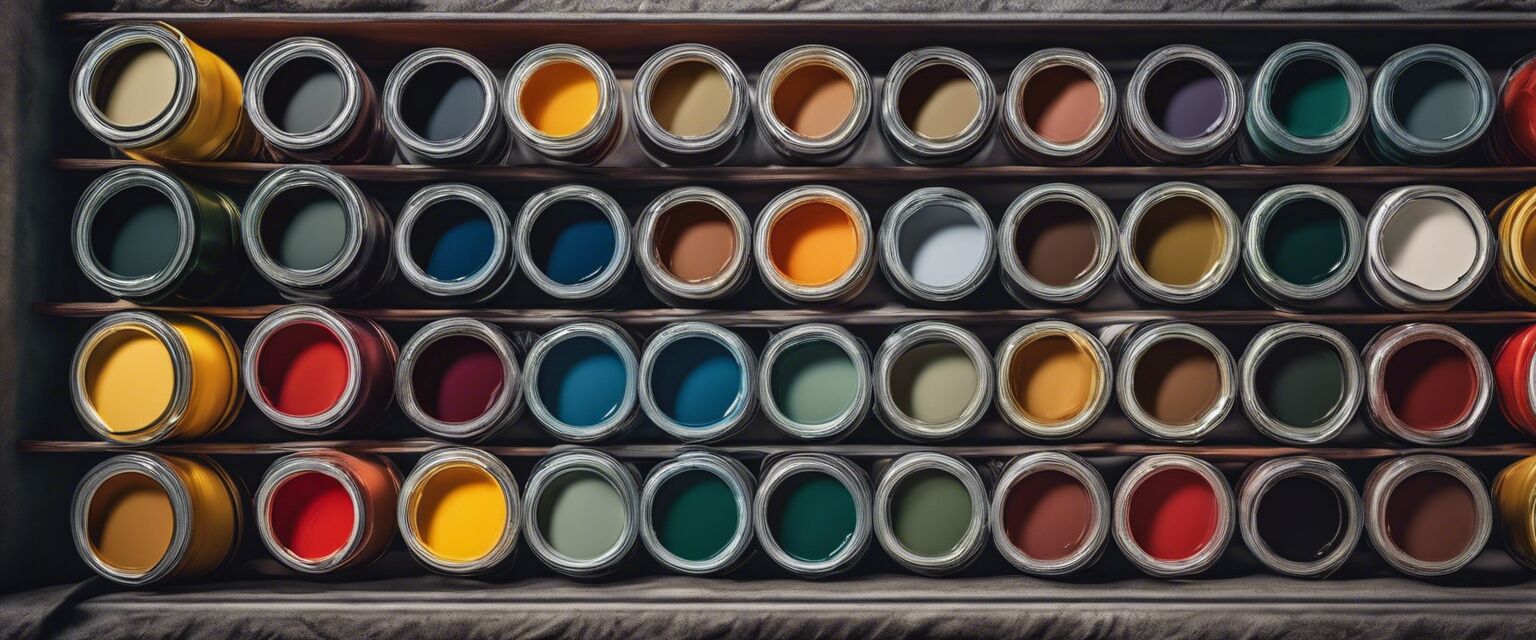
Paint curing methods
Key Takeaways
- Understanding the different paint curing methods is essential for achieving optimal results.
- Methods include air drying, heat curing, infrared curing, and forced air curing.
- Each method has its pros and cons that can affect the final finish and durability.
Curing automotive paint properly is crucial for achieving a durable, high-quality finish. There are several methods available, each with its own set of advantages and disadvantages. Knowing these methods can help you choose the best one for your project. In this article, we will explore the different paint curing methods, their processes, and how they impact your automotive paint job.
Overview of paint curing methods
| Method | Description | Best For |
|---|---|---|
| Air Drying | Relies on ambient air temperature and humidity to cure paint. | Small projects and DIY applications. |
| Heat Curing | Uses a heat source to accelerate the curing process. | Professional auto body shops for quick turnarounds. |
| Infrared Curing | Employs infrared lamps to heat the paint directly. | Large-scale operations needing efficiency. |
| Forced Air Curing | Utilizes fans to circulate warm air around the painted surface. | Medium-sized projects needing consistent results. |
1. Air drying
Air drying is the most commonly used method for curing automotive paint, especially among DIY enthusiasts. It relies on natural air circulation and environmental conditions to dry and cure the paint. While this method is simple and cost-effective, it can be affected by humidity and temperature.

Pros and Cons of air drying
Pros
- Cost-effective and requires no special equipment.
- Ideal for small projects.
- Environmentally friendly with minimal energy use.
Cons
- Longer curing time, which can delay the project.
- Susceptible to environmental factors like temperature and humidity.
2. Heat curing
Heat curing is a method that uses a heat source to accelerate the drying and curing process. This method is often used in professional settings where time is of the essence. Heat curing can be performed using an oven or heat lamps specifically designed for automotive applications.

Pros and Cons of heat curing
Pros
- Significantly reduces curing time.
- Results in a hard, durable finish.
Cons
- Requires investment in equipment.
- Can lead to over-curing if not monitored properly.
3. Infrared curing
Infrared curing uses infrared lamps to heat the paint directly. This method is known for its speed and efficiency, making it popular in professional auto body shops. Infrared curing penetrates the paint surface, allowing for a quicker drying process.

Pros and Cons of infrared curing
Pros
- Fast and efficient curing process.
- Reduces the risk of dust and contaminants settling on the paint.
Cons
- Higher initial investment for equipment.
- Requires proper training for effective use.
4. Forced air curing
Forced air curing involves the use of fans to circulate warm air around the painted surface. This method promotes even drying and is suitable for medium-sized projects. It can also be used in conjunction with other methods for optimal results.
Pros and Cons of forced air curing
Pros
- Provides consistent results with even drying.
- Less energy-intensive than heat curing.
Cons
- May not be suitable for large projects.
- Longer drying time compared to heat curing.
Choosing the right curing method
Selecting the appropriate curing method depends on several factors, including the scale of your project, available equipment, and environmental conditions. Here are some considerations to help you choose:
- Project size: For smaller projects, air drying may be sufficient. For larger jobs or professional applications, consider heat or infrared curing.
- Time constraints: If you need a quick turnaround, heat or infrared curing will be your best options.
- Budget: Evaluate the costs of equipment and energy consumption when selecting a method.
Conclusion
Understanding the various paint curing methods is vital for achieving the best results in automotive painting. Each method has its unique advantages and drawbacks, which can significantly affect the final finish and durability of the paint. By considering the size of your project, time constraints, and available equipment, you can make an informed decision on which curing method best suits your needs.
Tips for successful paint curing
- Always follow the manufacturer's instructions for paint and curing methods.
- Ensure proper ventilation in your workspace to avoid fumes.
- Monitor temperature and humidity levels for optimal curing conditions.
For more information on automotive paint supplies, check out our sections on automotive paints, body fillers and putty, and car detailing tools. To learn about the best tools for applying paint, visit our paint sprayers page.






